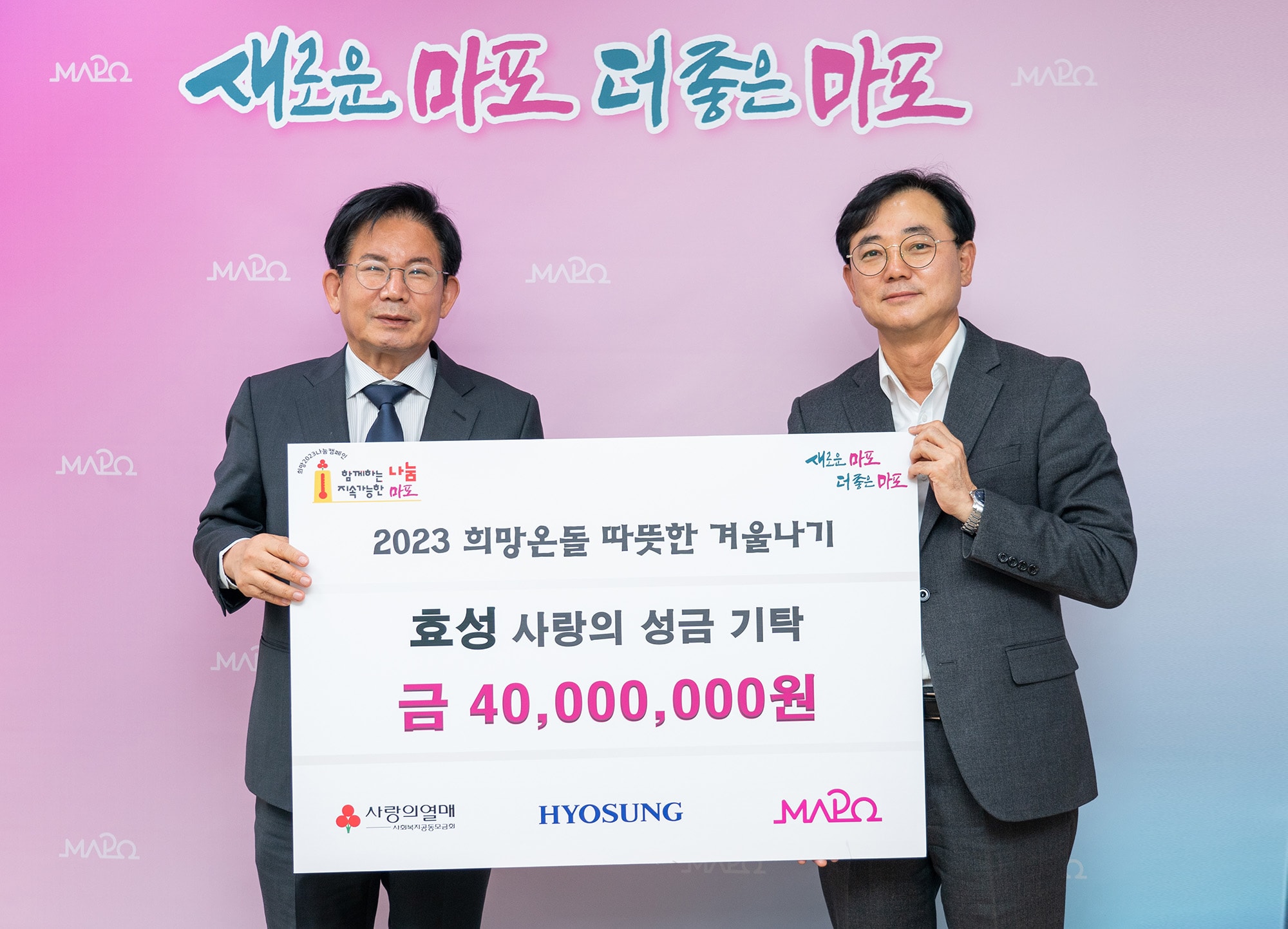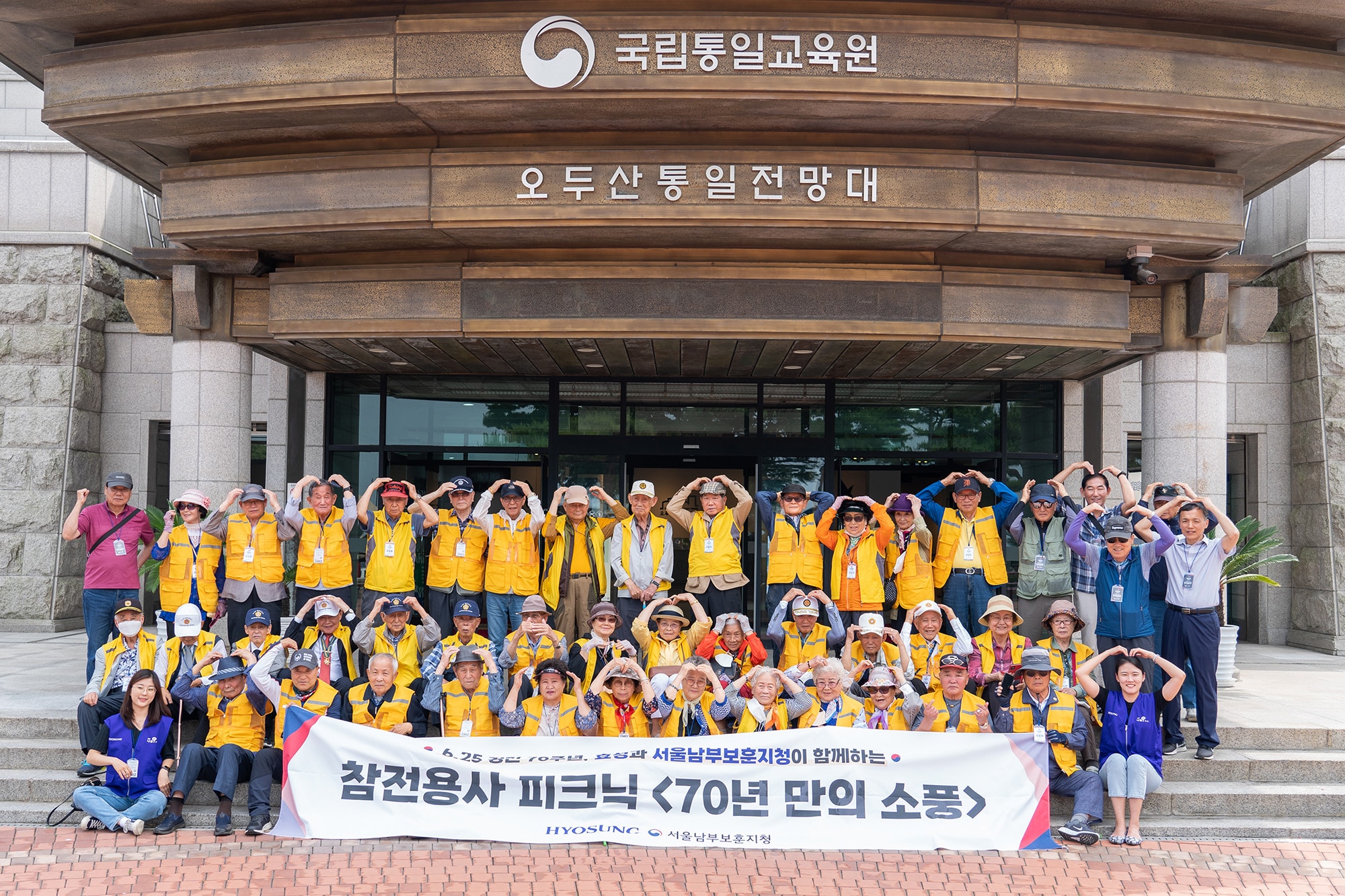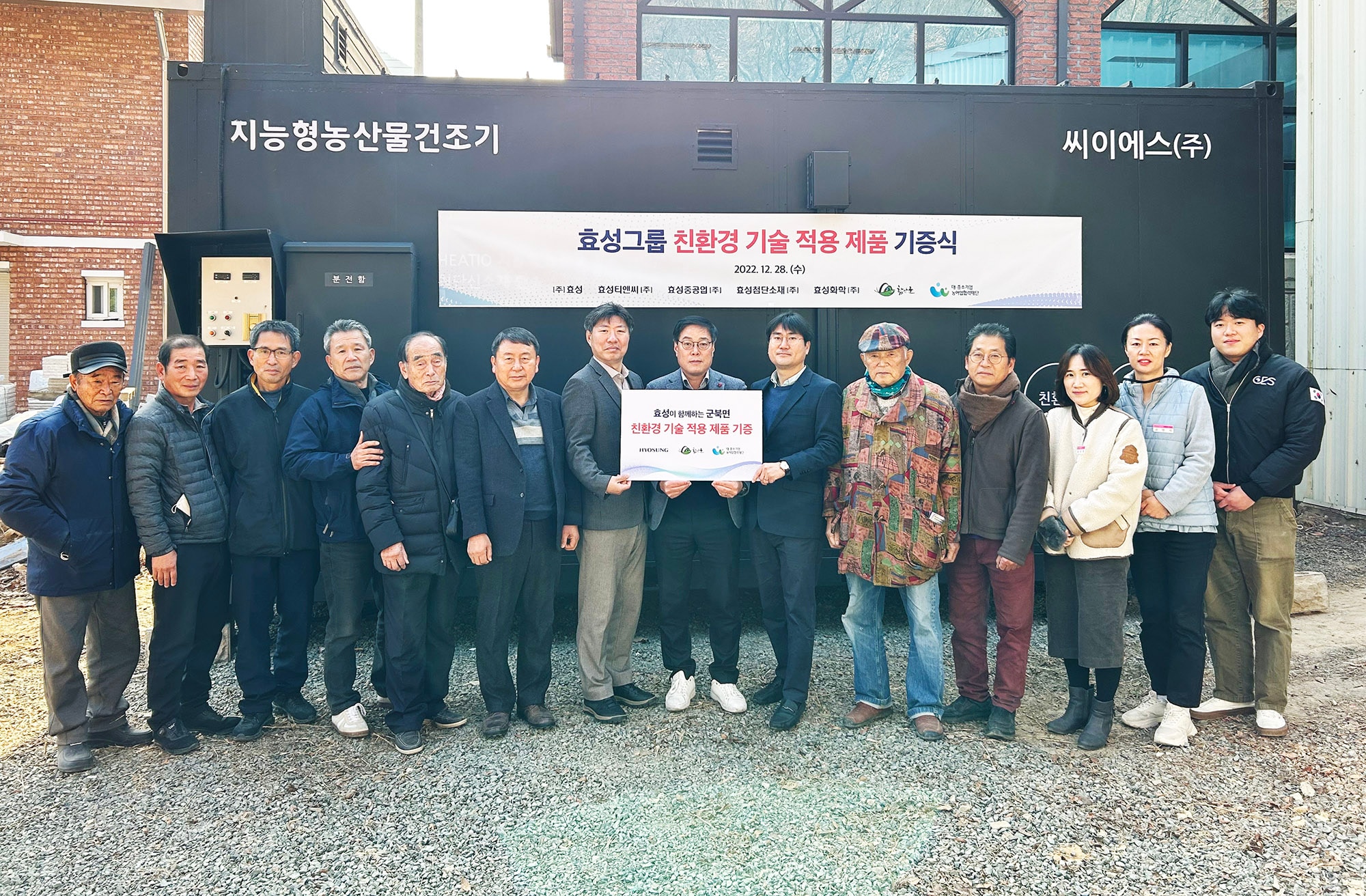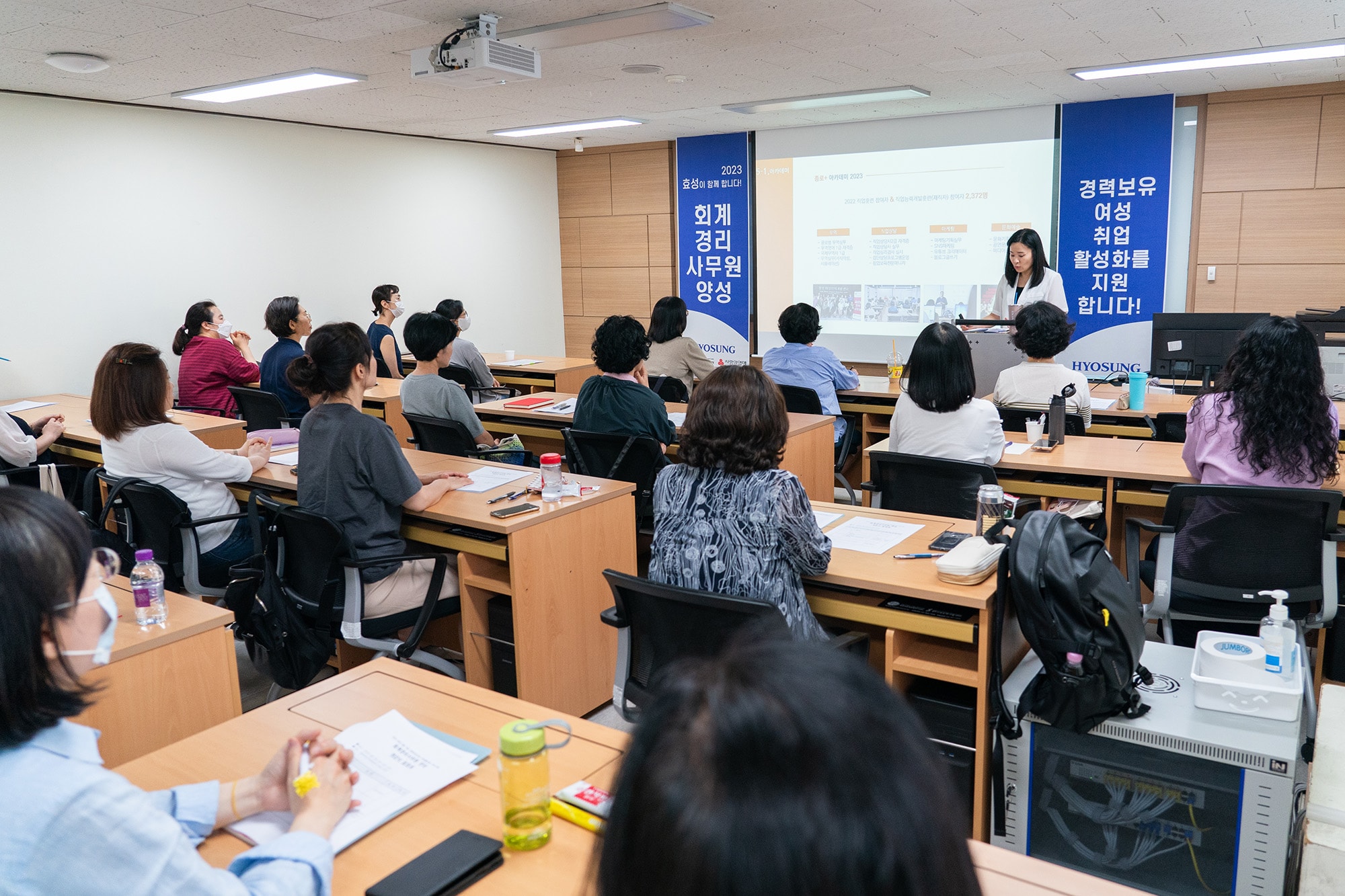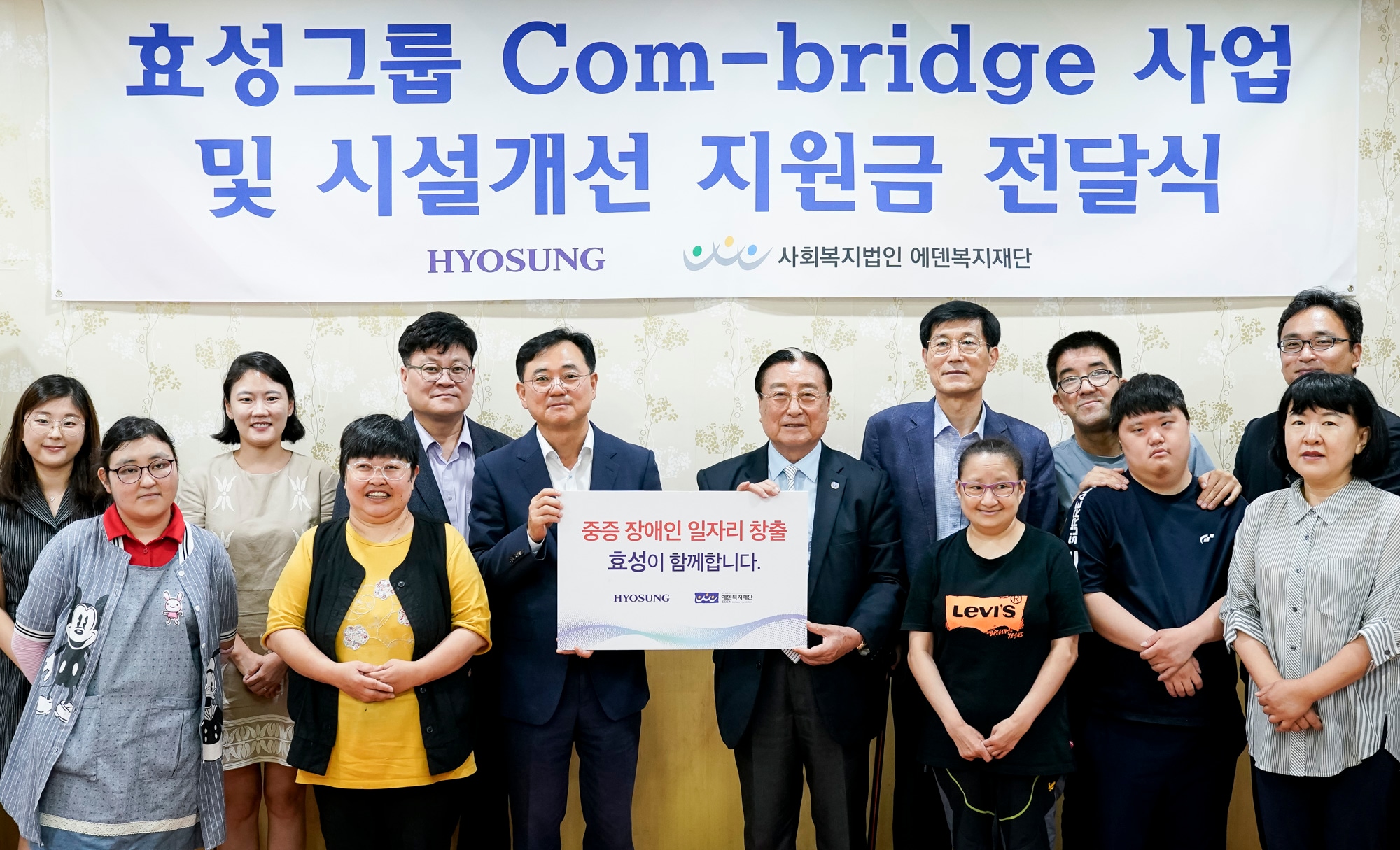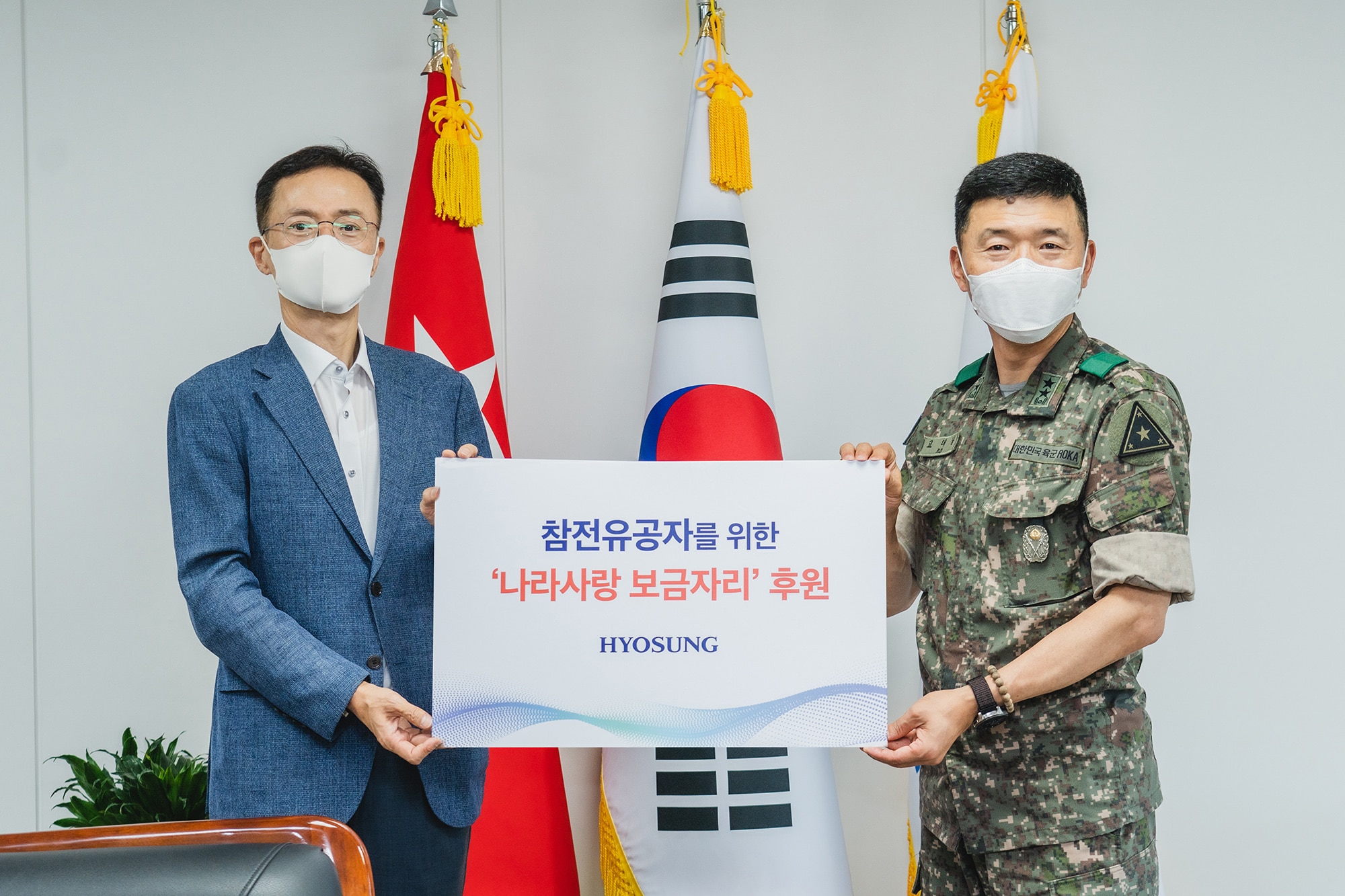Risk Management
- Sustainability
- Governance
- Risk Management
As the complexity of the business environment and society increases, so does the number of unanticipated risks and new business opportunities. To ensure sustainable growth, a system capable of preventing and managing risks in advance is necessary. Acknowledging risk management as a crucial management activity, Hyosung Heavy Industries has established a risk management system to minimize direct or indirect negative environmental and social impacts resulting from the company's business operations. In order to respond to stakeholders' increased interest in non-financial risks and to fulfill our corporate social responsibilities, we also enhance the management of risks that may arise from non-financial perspectives, such as environmental and social factors, in addition to traditional financial risks.
Risk Management System
Hyosung Heavy Industries identifies and manages market uncertainty and internal and external risks and opportunities with a significant impact on business operations, and we revised relevant process regulations in 2021 to enhance company-wide risk management capabilities. Hyosung classifies risks into financial and non-financial (business continuity and management) and defines major risks based on their impact and likelihood. For major risks, we establish a preventive system to enable preemptive response by identifying the cause of occurrence in advance. We update the risk management status annually and determine if the objectives of the countermeasures for major risks have been met.
Risk Management Organization
Promotion Committee under the BoD manage risk agendas and discuss major risks and responses. The ESG Management Promotion Committee includes the CEO appoints the CEO as the chairperson and risk manager, as well as the Chief Strategy Officer, Chief Finance Officer, Chief Administration Officer, PR manager, Director of Changwon Plant Management Division, CPSO (procurement manager in the Power & Industrial Systems division), Power & Industrial Systems CSO, construction planning manager, construction technology manager, and and Construction CSO as members. The Committee manages company-wide financial and non-financial risks. The Finance Office oversees financial risks, which are periodically measured, evaluated, and mitigated in cooperation with business departments within the headquarters and domestic and international subsidiaries. For non-financial risks, we operate company-wide risk management organizations centered on the ESG Management Team, Management Strategy Office, Support Office, Construction CSO, and Power & Industrial Systems CSO under the CEO's direct control, as well as working-level organizations that respond to environment, safety, supply stability, order, on-site, and litigation risk response led by the Director of Changwon Plant Management Division and field supervisors at construction sites.
- Board of Directors
-
- Board of Directors
- CEO
(Head of Risk Management)
- Top Management
-
- ESG Management
Promotion Committee- President of
Power Systems PU - President of
Construction - President of
Industrial
Machinery PU - Head of
Corporate Strategy - Chief Financial
Officer (CFO) - Head of Strategic
Planning Office - Communication
Department Executive - Power & Industrial
Systems
Division CPSO - Construction Division
Procurement
Executive - Power & Industrial
Systems
Division CSO - Construction
Division CSO
- President of
- ESG Management
- Working-level Organization
-
- Financial Risk
- Markets
- Credit
- Liquidity
-
Non-Financial Risk
- Supply Chain
- Disaster & Safety
- Environment
- Climate Change
- Quality Management
- Human Rights
- Information Security
- Law & Ethics
- Reputation
- Marketing Ethics
- Brand/Trademark
- Orders
- General Management
- Financial Risk
Management of Risks in Accordance with the Major Types
| Classification | Details of risk | Management activities | ||
|---|---|---|---|---|
| Chief Finance Officer |
Market | Market risk associated with financial variables like stock price, interest rate, and exchange rate fluctuations |
|
|
| Credit | Risk that a client or counterparty will not fulfill their contractual obligations |
|
||
| Liquidity | Risk of sustaining a financial loss due to an unforeseen decline in liquidity |
|
||
| Non- financial |
Business continuity |
Supply Chain |
Risk of product delivery delays resulting from insufficient raw material supply and production continuity |
|
| Disaster and safety |
Risks associated with natural disasters such as earthquakes and fires, or workplace safety incidents |
|
||
| Environ mental |
Risk of legal sanctions and fines if environmental regulations, such as GHG and hazardous substance emissions, are disregarded improperly |
|
||
| Manage ment |
Climate change |
Regulatory risks, physical risks, and business transition risks related to emissions |
|
|
| Quality manage ment |
Risk due to changes to 4M (Man, Machine, Material, Method), risks impacting continuous supply or delivery, and risk of occurrence or leakage of nonconforming products |
|
||
| Human rights |
Human rights violation risk and human resource management risk |
|
||
| Security | Risk of data leakage due to cyber terrorism or data leakage |
|
||
| Law and ethics |
Risk of concluding unfavorable contracts and lawsuits, engaging in unfair trade, corruption, etc. |
|
||
| Reputation | Risk of damaged corporate image from misinformation or negative communication |
|
||
| Marketing ethics |
Risk of false, exaggerated, or reduced information in advertising or marketing, or transmission of information that disregards those who are limited in understanding information |
|
||
| Brands/ Trademarks |
Risk of brand or trademark infringement or value loss |
|
||
| Orders | Risk of malicious orders as a result of payment terms, contract clauses, ambiguous specifications, unsecured delivery, civil complaints, local country conditions, etc. |
|
||
| General manage ment |
Operational risk caused by personnel or system errors |
|
||








